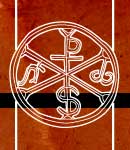
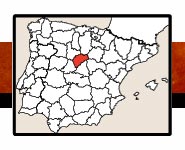

 |
 |
||
 |
|||
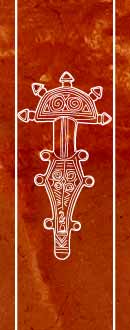 |
(40)/R-TE/SEGO-Nieva-40.jpg) |
-55/BOOK-cort-40.jpg) |
 |
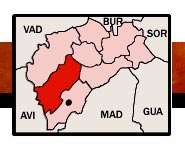 |
||
 |
|||
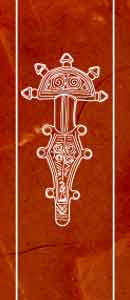 |
ACCESOPara llegar a Bernardos es preciso coger la carretera CL-601 (Segovia-Valladolid) y salirse en Carbonero el Mayor; después en Bernardos hay que coger la calle del Castillo y seguir por una pista de unos 3 Km., en la primera bifurcación coger la pista de la derecha y en la segunda bifurcación la pista de la izquierda, entonces veras un cerro con una ermita en lo alto, que te servirá de guía, aparca junto a la ermita, la excavación esta en el costado Norte. ACCESO PARA MINUSVALIDOSSolo accesible a la planicie superior con la silla de ruedas. |
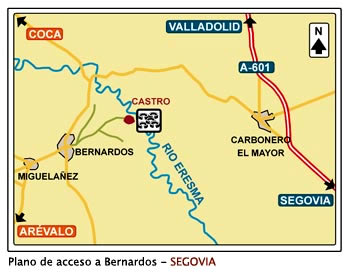 |
LOCATIONTo get to Bernardos, take the CL-601 (Segovia-Valladolid) and turn off at Carbonero el Mayor; then in Bernardos you have to take the street of the Castle and continue for a track about 3 kilometers (1,8 miles), at the first fork take the road on the right and on the second fork take the road on the left; then you will see a hermitage on a hill, which will guide you; park next to the hermitage, the excavation is on the north side. ACCESS FOR THE HANDICAPPEDOnly accessible to the upper plateau with the wheelchair. |